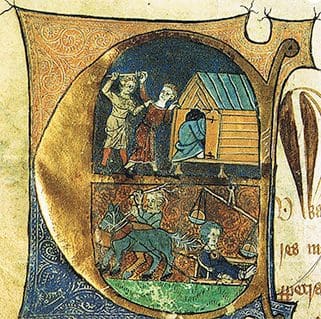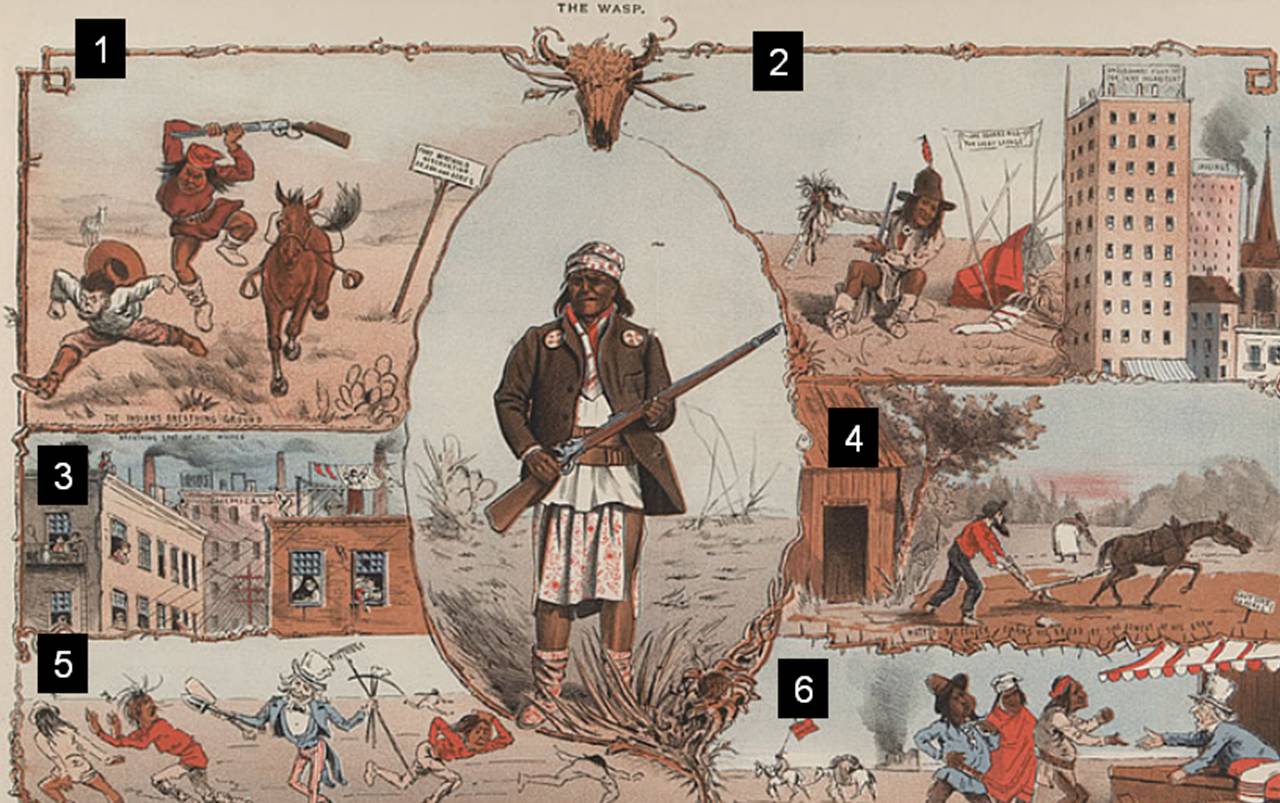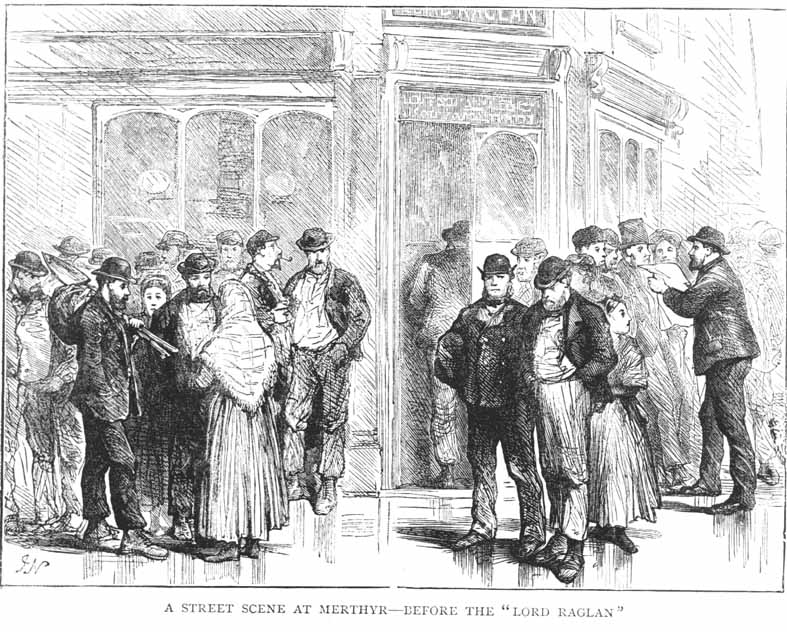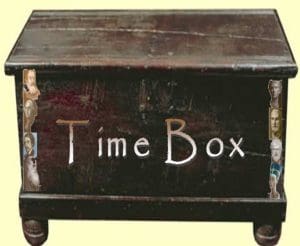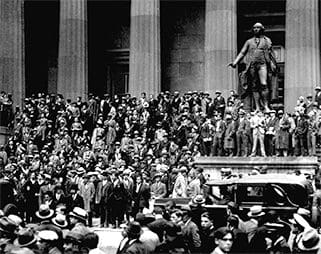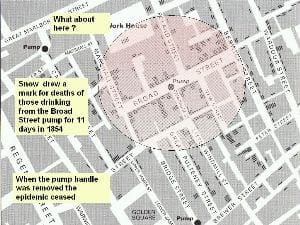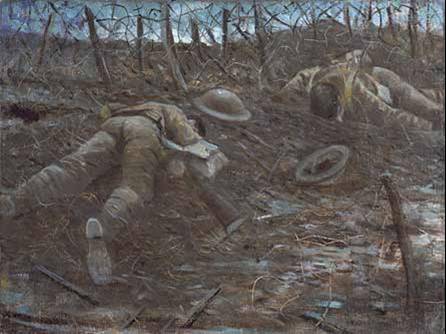
Students studying Britain during World War One, whether it be for AQA, OCR or Edexcel, need to know about censorship. This deceptively simple lesson asks penetrating questions which both engage and challenge. Students analyse one of Nevinson’s famous paintings, Paths of Glory, perhaps surprised that it was censored as it seems less graphic than others.
Close analysis of the detail of the painting, including its title and provenance gives students a deeper insight into the nature of censorship.
Learning objectives
- to grasp the reasons for censorship during World War One
- to evaluate a particular painting as an example of censored art, noticing aspects that might fall foul of the censor.
- to understand how the title given to a work can make it more contentious
Step 1
This lesson starts with a close analysis of Nevinson’s painting Paths to Glory which you will find on slide 2. Students are asked to look at a copy of the image and to discuss in pairs what their first impressions are. These are then shared orally.
Step 2
Students are then told that the painting was censored and are asked if they are surprised? Was this image any worse than others that were not censored?
Step 3
Knowing it was censored, the students then work together to annotate their own copy (slide 6). The key point you want to bring out here is not just simple observation but deduction too. You could use the technique of putting a separate inner frame around the image for observations and then an outer frame for deductions. Instead this lesson simply asks for deductions. To explain the way observation leads to deduction, one annotation is modelled for them.
Step 4
Students feedback and add any new ideas onto their own copy. Slide 9 gives some more sophisticated conclusions which art historians have come up with. Some able students might want to add these to their own copy.
Step 5
Now take the learning further by concentrating on the title, using slide 10 to help. Students will not know that this comes from Gray’s Elegy in a Country Churchyard, but when they are given detail of the provenance they should see how this made the painting more contentious.
Step 6
Now place the painting in the context of the war and of the government’s overall policy towards censorship, using the textbook or other sources within the department.
Step 7
Conclude by asking three students to come to the front and interpret the painting One must be Nevinson, a second the censor and a third a GCSE textbook writer. Each has to make as many relevant comments as they can about the image.
Resources
Credits
We are grateful to the Imperial War Museum for permission to reproduce the original painting Paths of Glory, 1917 by CRW Nevinson.



